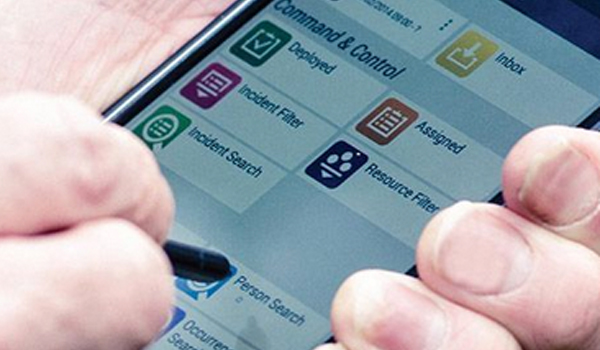New alert system triggers faster response
A pioneering alert system at Birmingham Airport cut 20 seconds off response times in its first live incident when an aircraft slightly overshot the runway last year.

A pioneering alert system at Birmingham Airport cut 20 seconds off response times in its first live incident when an aircraft slightly overshot the runway last year.
Twenty seconds doesnt sound like much, said Birmingham Airport control centre manager Chris Wilson, but for us and everyone else involved in aviation safety, getting fire crews to an incident that much faster could save many lives. That is why what weve done here is attracting so much interest.
Built around communications consoles from public safety mission-critical communications specialist Zetron, Birminghams alert system is part of a project to consolidate airport fire services and operations in a single control room. Three Zetron DCS-5020 digital consoles give operators touchscreen control over dedicated safety-related communications channels, including ground and air band radio, hotlines to air traffic control and fire crews, and off-site fire and ambulance centres.
Previously, operators took notes of emergency calls from air traffic control and then relayed the information to fire crews. Now, an innovation by Zetron partner Servicom uses the DCS-5020s programmability to automate such alerts. When emergency calls go to airport control, fire crews hear the conversation live over the fire station PA system and can more quickly assess what response is required. Meanwhile, the Zetron system turns on fire station lighting and opens the main doors ready for fire tenders to leave.
Dispatching first response is only step one in the airports major incident plan. Operators may also decide to involve outside agencies. Because the Zetron screens are fully configurable, operators were able to specify a flow chart-like presentation with a logical hierarchy of actions.
They effectively start at the top and work their way down to the bottom of the screen. The operators really like it. It allows them to keep calm and helps ensure that nothing is missed, said Mr Wilson.
We test the system twice a day, every day, but nothing compares to a live incident. Although this was a minor incident, it did require a response by the airports fire and rescue service and everyone involved was very pleased with how the system performed. Thankfully there was no fire or injuries but the time savings we have recorded are real and consistent. In a serious incident they could, quite literally, mean the difference between life and death.
Used globally by police, fire and other emergency response agencies, the digital console combines a small footprint with the capacity to put up to 30 telephony and digital and analogue radio channels under fingertip control. A single system supports up to 16 customisable screen-based operator consoles.



